Exploring Different Types of Milk Pouch Packaging Materials
In the realm of milk consumption, the humble milk pouch stands as an indispensable companion, protecting the liquid gold within. But beyond its primary function, the packaging itself tells a captivating tale of technological advancements and sustainable choices. Let us embark on a journey to uncover the multifaceted world of milk pouch packaging materials.
Polyethylene (PE): The workhorse of the milk pouch industry, PE is a versatile plastic that offers exceptional flexibility and durability. Its lightweight nature and low production costs make it a cost-effective option for manufacturers. However, its non-biodegradable nature raises environmental concerns.
Polypropylene (PP): A close sibling to PE, PP provides enhanced clarity and heat resistance. Its stiffness lends itself to pouches that maintain their shape even when filled, making them ideal for on-the-go consumption. PP is also recyclable, offering a sustainable alternative to PE.
Polyethylene Terephthalate (PET): Known for its high tensile strength and transparency, PET is a popular choice for premium milk pouches. Its ability to withstand carbonation and oxygen makes it suitable for long-term storage. However, PET requires higher energy consumption during production and is not biodegradable.
Biodegradable Plastics: With growing environmental awareness, biodegradable plastics are gaining traction. Made from plant-based materials such as corn starch or sugarcane, these materials break down naturally, reducing waste and contributing to a greener planet. They offer comparable performance to traditional plastics, ensuring the protection and quality of milk.
Paper-Based Alternatives: In response to the plastic pollution crisis, paper-based pouches are emerging as a sustainable option. They are compostable and biodegradable, offering a guilt-free way to enjoy milk. However, their moisture-resistant properties are still being developed to meet the demands of milk packaging.
Metalized Films: For extended shelf life and protection from light and oxygen, metalized films are employed. A thin layer of aluminum is bonded to a plastic base, creating a barrier that prevents spoilage and nutrient degradation. This technology is particularly valuable for export markets and long-distance transportation.
:
The choice of milk pouch packaging material is a delicate balance between cost, performance, and environmental impact. Each material offers unique advantages and disadvantages, catering to specific needs and preferences. As technology continues to evolve, we can expect even more innovative and sustainable materials to shape the future of milk packaging. By exploring the different options available, consumers can make informed choices that support their health, the planet, and the dairy industry.
-
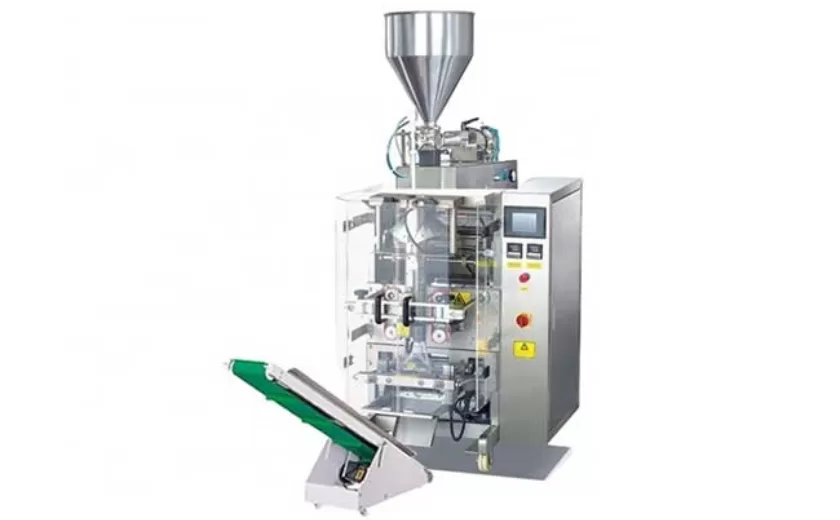
Advanced Packing Solutions: Snacks, Sugar, and Frozen Food Machines
29-10-2025 -
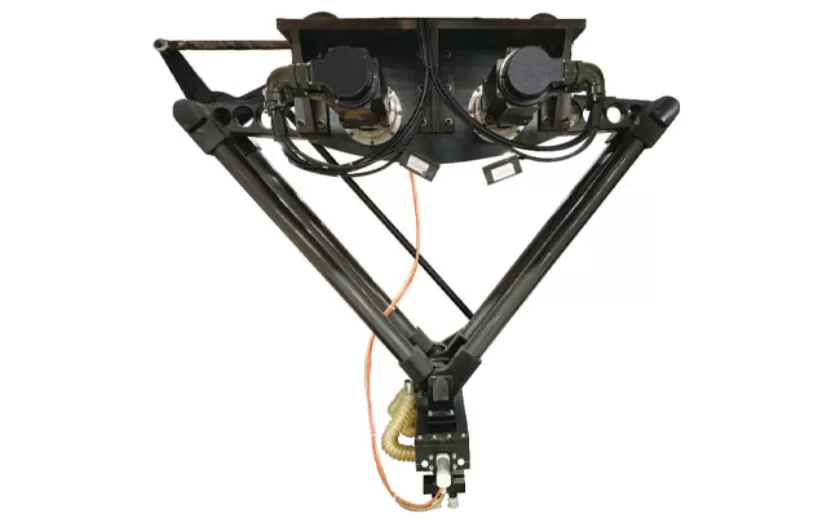
Efficient and Reliable Solutions for Salt, Nuts, and Frozen Dumplings Packing
29-10-2025 -
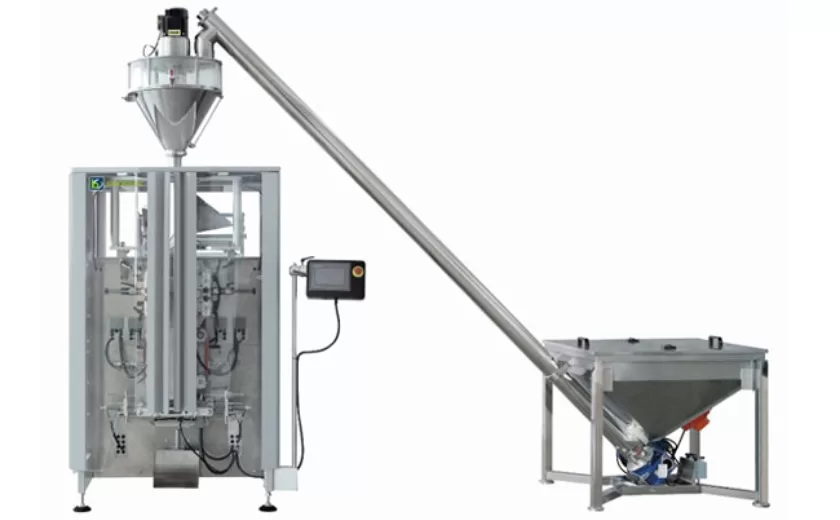
High-Performance Biscuits, Lollipop, and Ketchup Packing Machines for Modern Food Production
29-10-2025 -

Efficient Liquid Filling and Packing Machines for Modern Production
23-10-2025 -
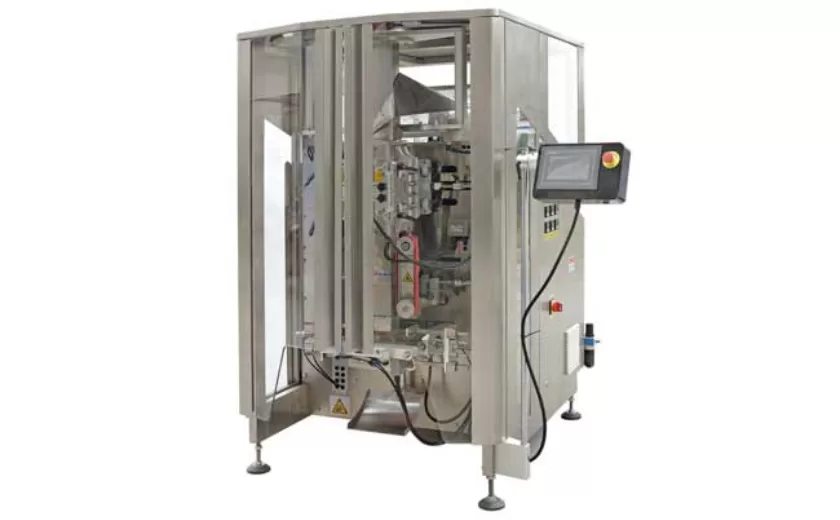
Reliable Granule Packaging Machines for Efficient Production
23-10-2025 -

Efficient Auger Powder Filling Machines for Accurate Packaging
23-10-2025 -

High-Performance Liquid Filling and Packing Machines for Hygienic Production
10-10-2025 -

High-Efficiency Granule Packaging Machines for Precision and Speed
10-10-2025 -

High-Precision Auger Type Powder Filling Machines for Efficient Packaging
10-10-2025 -
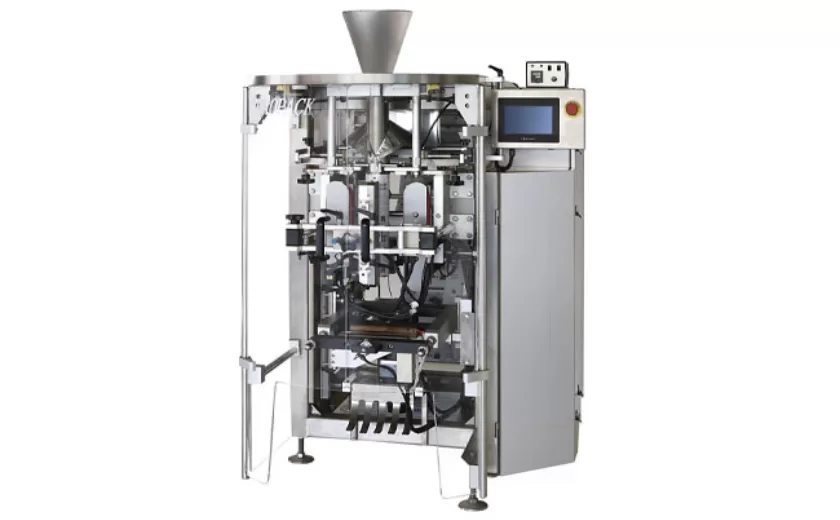
Efficient Vertical Form Fill Seal Packaging Machines for Smart Production
10-10-2025





